What you need to know before bringing home your new pet
Before you bring home your new pet, it’s important to know what you need to do to create a safe and healthy environment, writes Elizabeth Mayhew

Your support helps us to tell the story
From reproductive rights to climate change to Big Tech, The Independent is on the ground when the story is developing. Whether it's investigating the financials of Elon Musk's pro-Trump PAC or producing our latest documentary, 'The A Word', which shines a light on the American women fighting for reproductive rights, we know how important it is to parse out the facts from the messaging.
At such a critical moment in US history, we need reporters on the ground. Your donation allows us to keep sending journalists to speak to both sides of the story.
The Independent is trusted by Americans across the entire political spectrum. And unlike many other quality news outlets, we choose not to lock Americans out of our reporting and analysis with paywalls. We believe quality journalism should be available to everyone, paid for by those who can afford it.
Your support makes all the difference.In the past couple of months, pretty much everyone I know has chosen to foster or adopt a pet. Most were prompted by a gut need for unconditional love and companionship. So, it’s no wonder that dog and cat fostering and adoption levels are at an all-time high. Kelly DiCicco, manager of adoptions promotions at the ASPCA Adoption Centre, says “there’s no doubt that the response from people across the country willing to open their homes to animals in need during this challenging time has been enormous and unprecedented.”
But as tempting as it may sound to have a furry friend to comfort you these days, there is much to consider before you bring an animal into your home, not least of which is the fact that animals will forever be dependent on you; unlike kids, who eventually (you hope!) fend for themselves, you will always need to feed, discipline and clean up after your pet.
Pat Miller, a certified professional dog trainer and behaviour consultant and the director of Peaceable Paws Academies in Fairplay, Maryland, says she sees too many people getting pets without thinking through all that it entails – a phenomenon not unique to the pandemic. “Happens all the time. We are just seeing more of it now because so many people who are sitting at home with nothing to do are deciding it’s a good time to get a pet.”
Miller says that before you get a pet, you must make sure everyone in your home is on board. That doesn’t mean everyone in the house needs to be responsible for taking care of the pet, but there needs to be some level of universal agreement around having the pet.
“Animals do not need to come into an environment where there is conflict over their presence,” she says. She suggests setting clear guidelines and rules of what the pet is allowed to do – and not do – in advance. Questions to consider: is the animal allowed on the furniture? Where will the animal sleep? Who is going to clean up, walk and feed the animal? Who is the primary trainer? What happens when everyone goes back to school and back to work? “The more you think through ahead of time, the less conflict and confusion there is for the animal.”
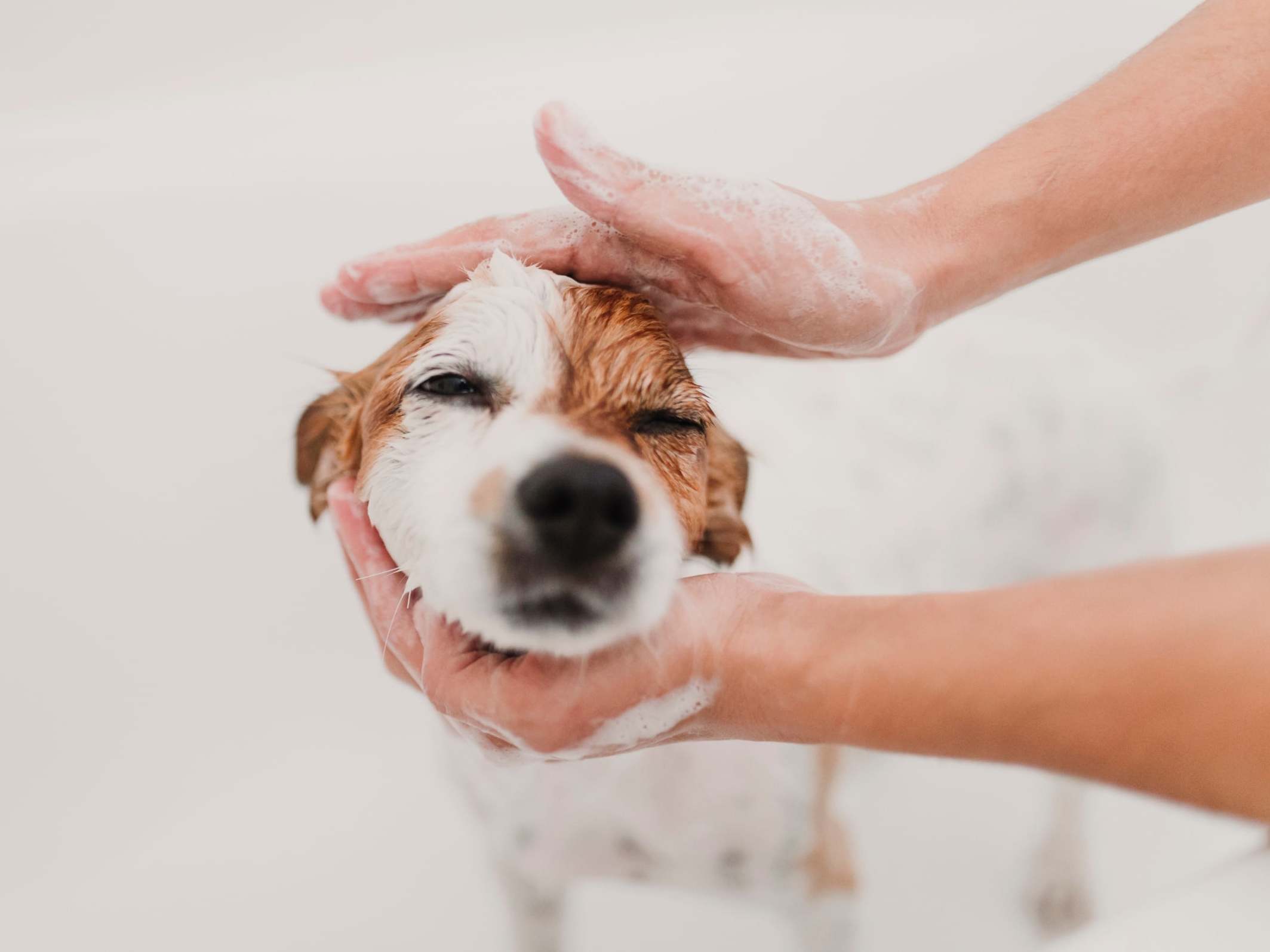
Miller also suggests finding a vet, groomer, pet sitter (you’ll need one someday!) and trainer before bringing an animal home. Interview them about their methods and determine whether they are on the same philosophical page as you. For example, Miller is a force-free trainer; she is adamant about not using pain coercion in training, but there are others, she says, who are not.
Other prep work to do: purchase supplies in advance, and set everything up before the pet’s arrival. DiCicco’s must-have list for cats: a collar, litter and litter box (make sure you have a spot to put them), food, toys and bowls. For dogs: a leash, collar and harness, bed, food, toys, bowls and crate.
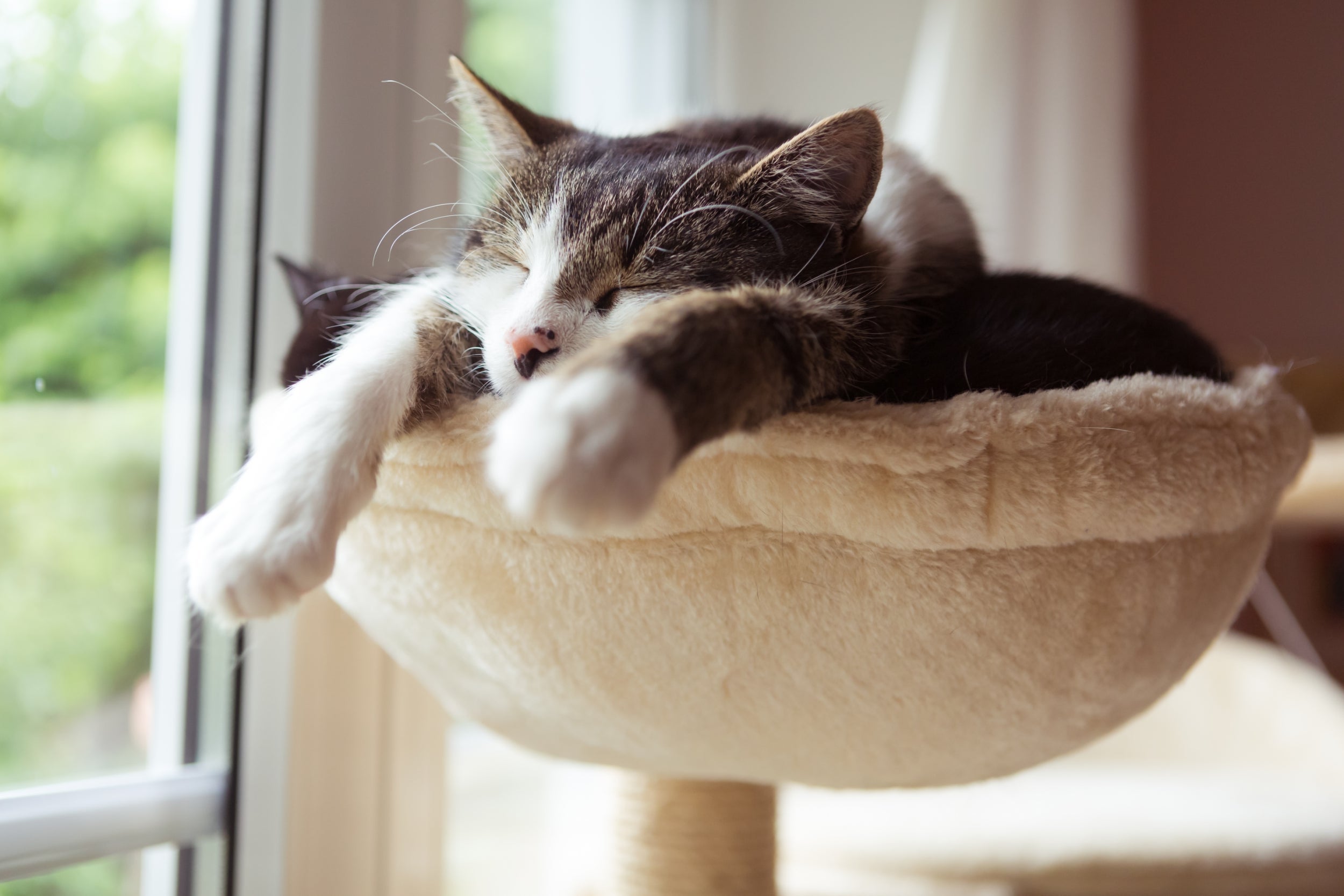
DiCicco says you also need to make sure that your home is safe before and after you bring your pet home. Remove all items from the floor that could be eaten or chewed, and keep electrical wires out of reach. Also, check that your house plants are safe. The ASPCA has compiled a list of plants that are toxic to animals that should be removed from your home or put out of reach (aspca.org). Other potential pet hazards: vertical blinds, curtains that pool on the floor, tassels and long cords.
It’s your responsibility to make sure that your dog gets out as often as he needs to, not only to go to the bathroom, but also to exercise
If you are adopting/purchasing a cat, install high-quality metal screens on all windows. And keep in mind that cats are excellent climbers, so pet-proofing for a cat means more than just keeping the floor area safe; move plants and fragile objects to a protected area. For kittens, DiCicco says to block any small hideouts where the kitten could escape or get stuck, including around and underneath appliances.
Because scratching is a natural behaviour for cats, DiCicco recommends investing in a scratching post to prevent destruction of other objects. And just as cats need to be able to scratch, dogs need to be able to chew. Provide appropriate chew toys; Miller suggests Kong dog toys (kongcompany.com), which come in a variety of sizes and firmness, or Dog Tuff toys (dogtuff.com).
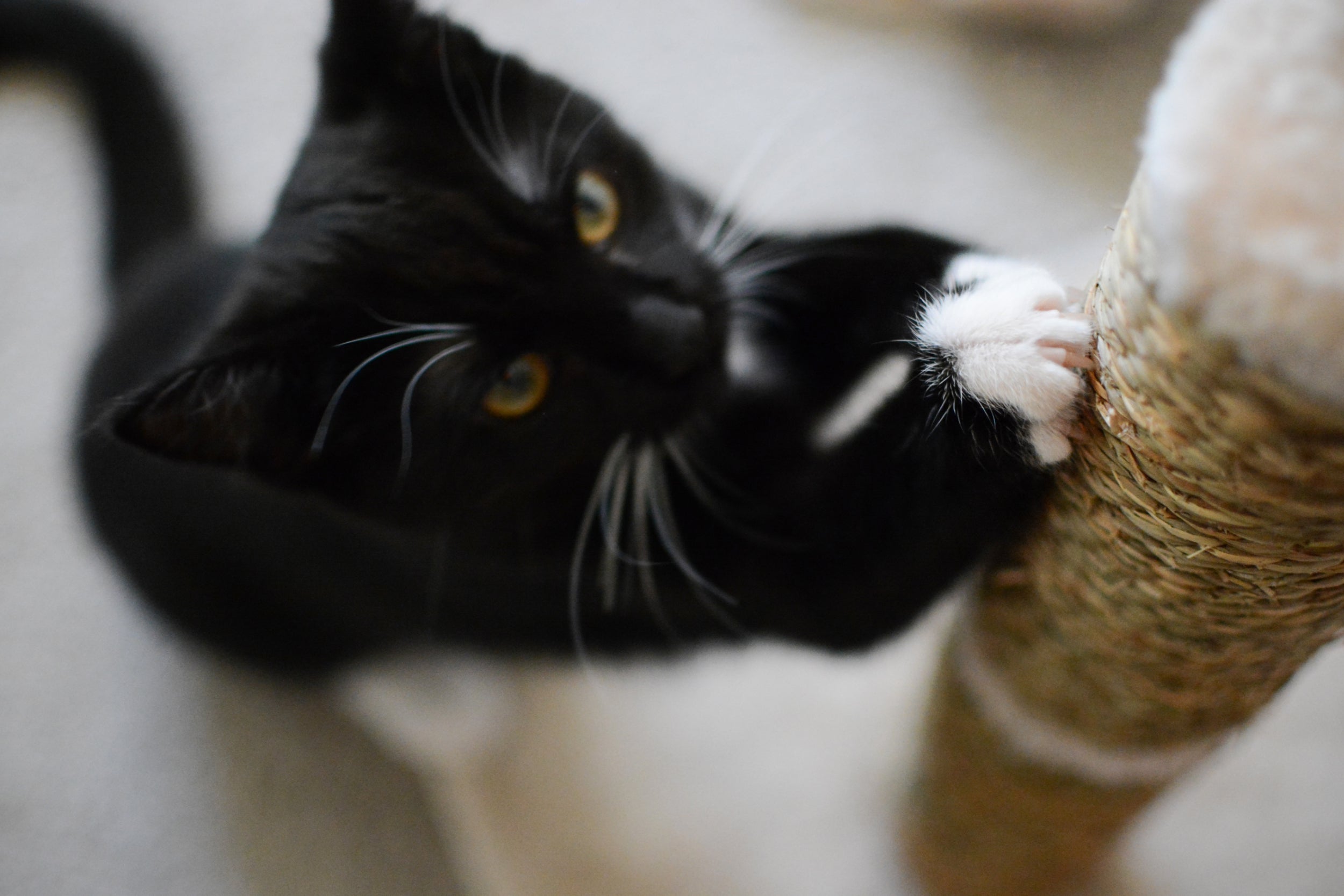
If you are getting a puppy or dog who is not yet house-trained, create a special area for the dog using baby gates or a collapsible pen, so any accidents don’t damage carpets. (You should roll up and store decorative rugs until your new dog is fully house-trained.) Miller prefers baby gates that are pressure-mounted (no need to screw them into door frames) and that are easy-open walk-through. And she suggests using a crate to help train your dog. “When properly used, a crate is the easiest way to house-train and manage a puppy, because dogs come with a natural inhibition against soiling their own den.” For the house-training process, Miller says to use a smaller crate, so the dog can’t soil one side and lie comfortably on the other. Once a dog is fully house-trained, switch to a more spacious crate.
When you bring your pet home, DiCicco says to give them some space to get acquainted with the sights, sounds and scents of their new home while keeping an eye on them as they settle in. “And remember to take things at their pace and follow their lead.”
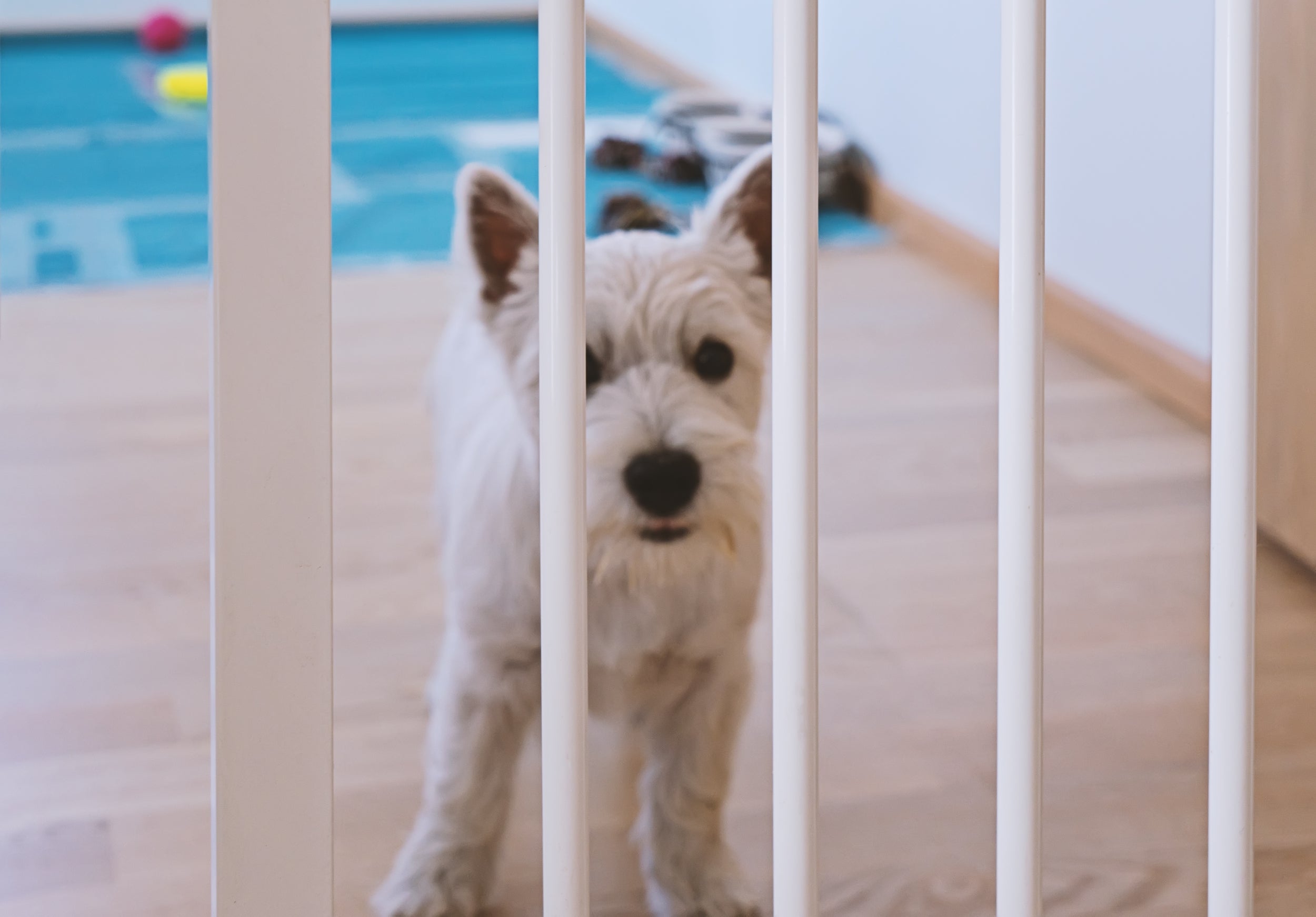
Some cats are more sensitive than others, so they may settle in better if initially confined to one room, DiCicco says. Gradually give them more space to explore over time. This helps them adjust to their environment without feeling too overwhelmed.
If you already have pets, provide the new pet with a quiet area away from the other animals while they get acclimated, potentially for their first few days or weeks, and take initial introductions very slowly. DiCicco suggests trying scent swapping – giving one animal something that smells like the other – before introducing them. This improves your chances of having a successful first introduction.
Miller is not a fan of animal doors; she says it’s best that you control when your dog goes in and out. “It’s your responsibility to make sure that your dog gets out as often as he needs to, not only to go to the bathroom, but also to exercise.” She adds: “If your animal has an accident indoors, it’s your fault.”
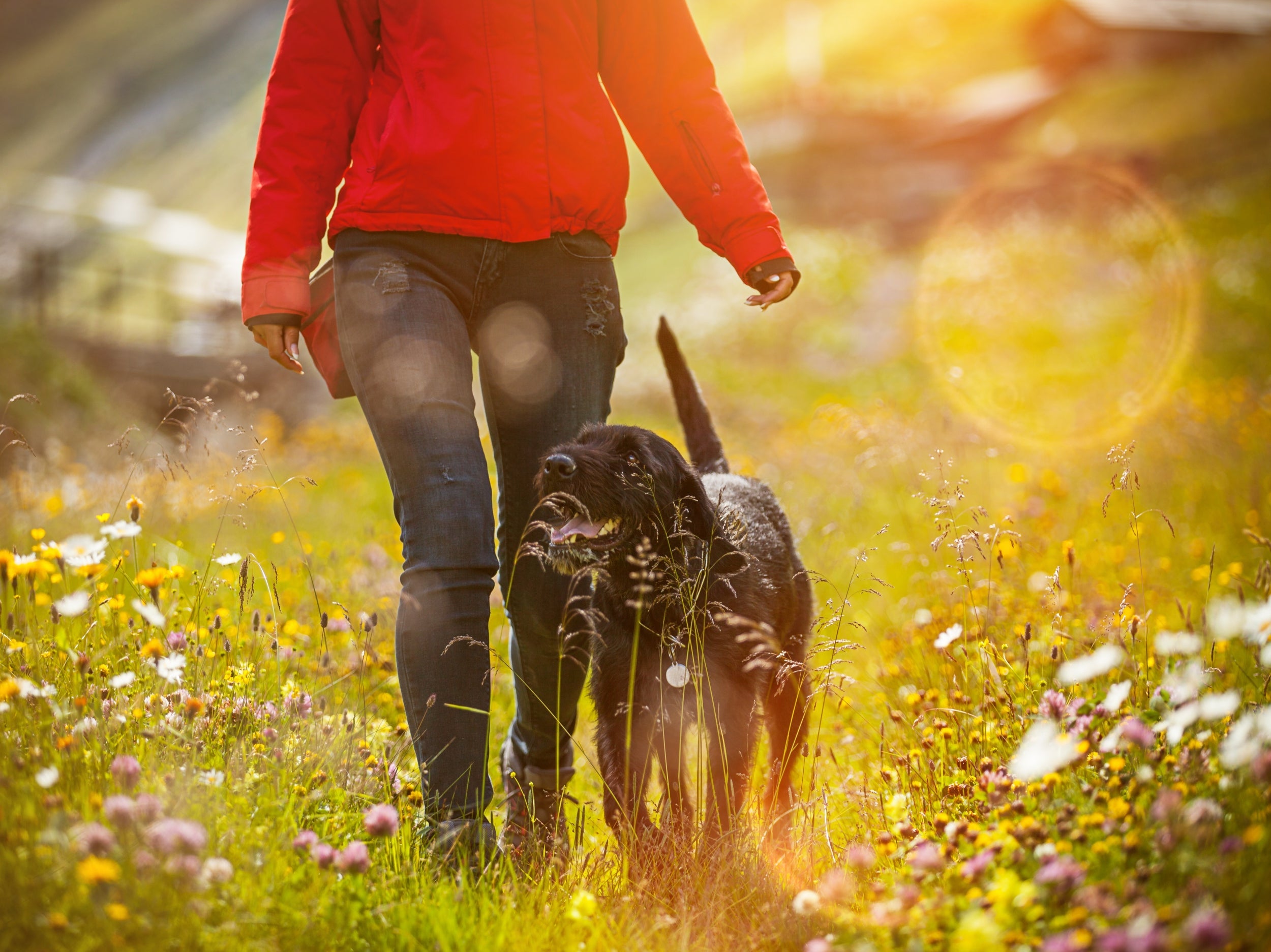
Lastly, Miller says to opt for a physical fence and not an invisible underground shock fence (which she thinks should be illegal). “Invisible dog fences don’t keep things out, so they don’t protect your dog from something coming in and getting them, and they contribute to unwanted aggressive behaviour.”
Mayhew, a ‘Today’ show style expert and former magazine editor, is the author of ‘Flip! for Decorating’
© Washington Post
Join our commenting forum
Join thought-provoking conversations, follow other Independent readers and see their replies
Comments